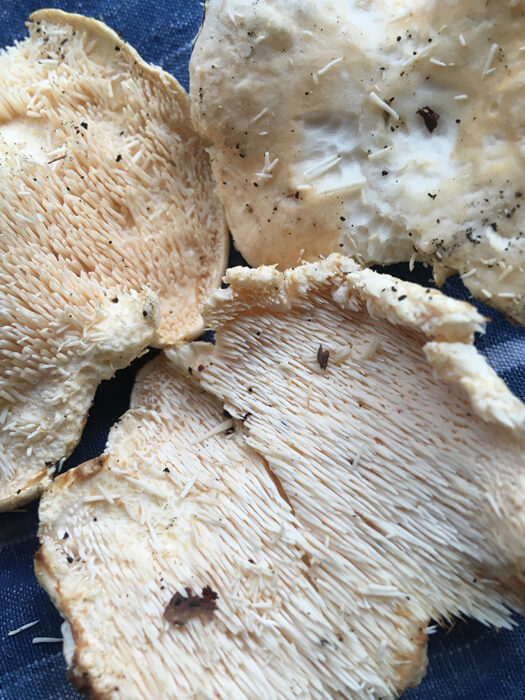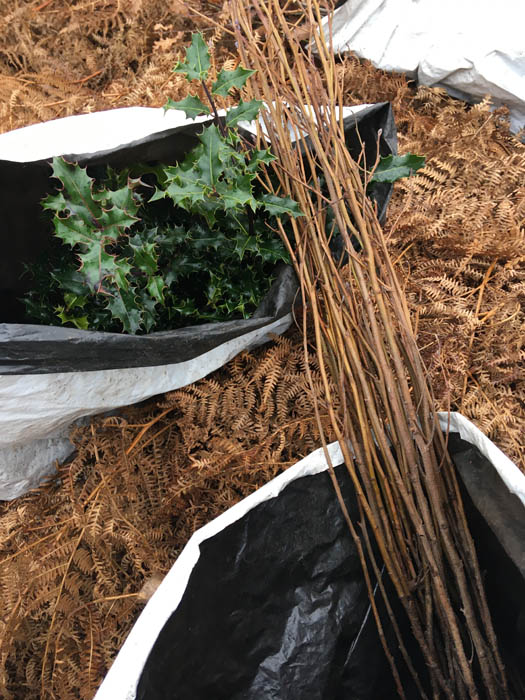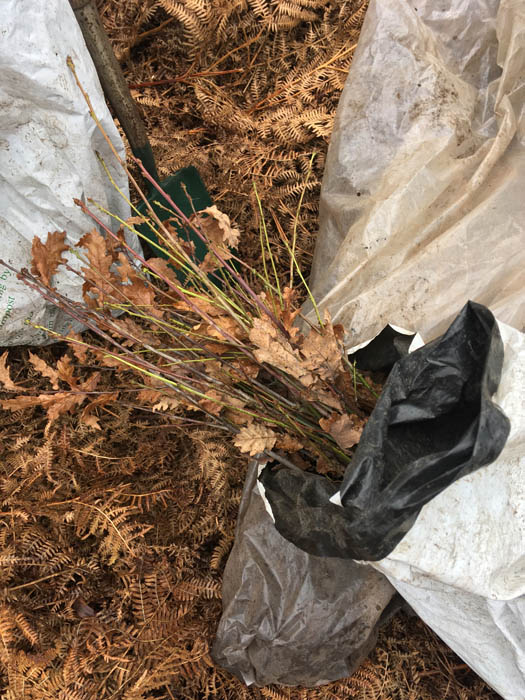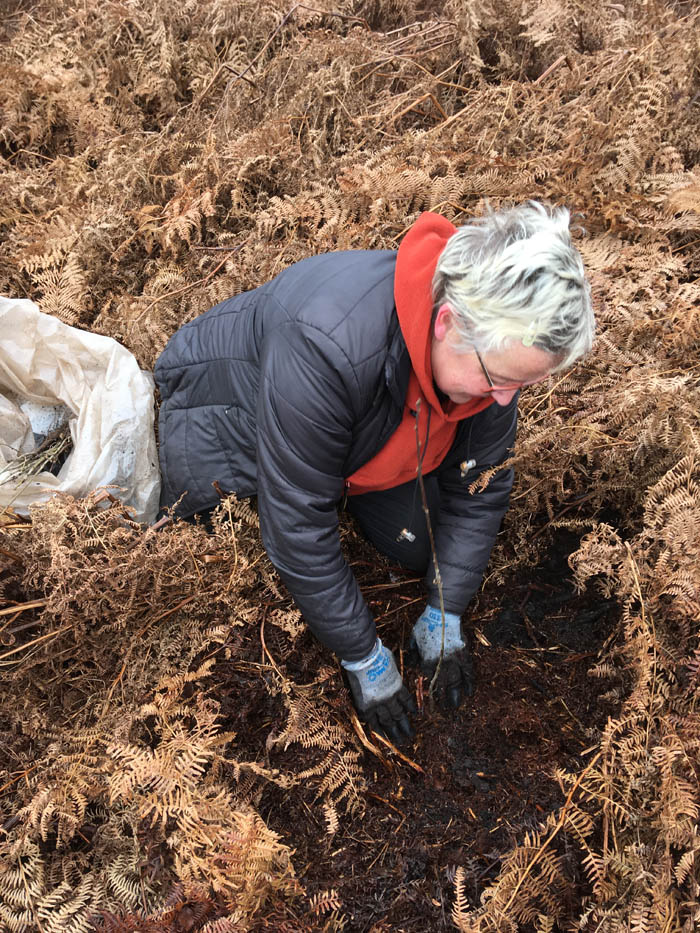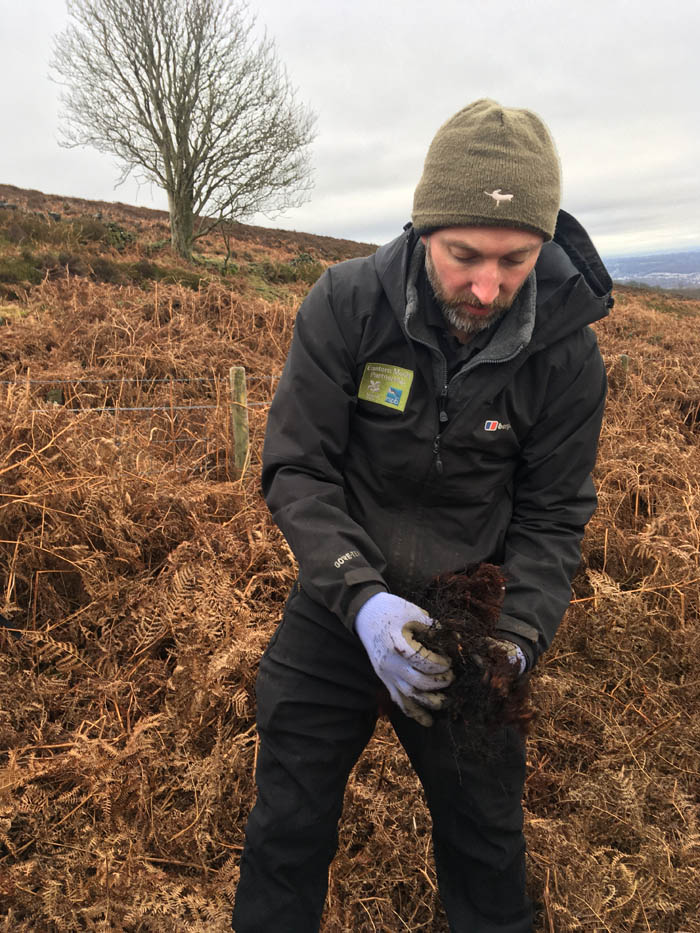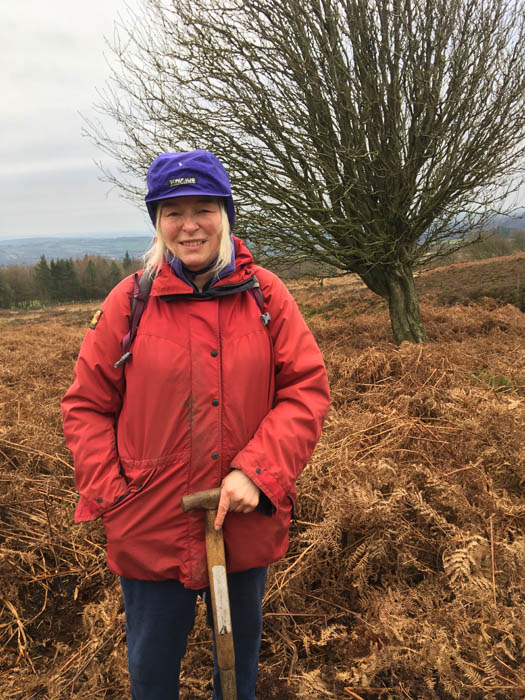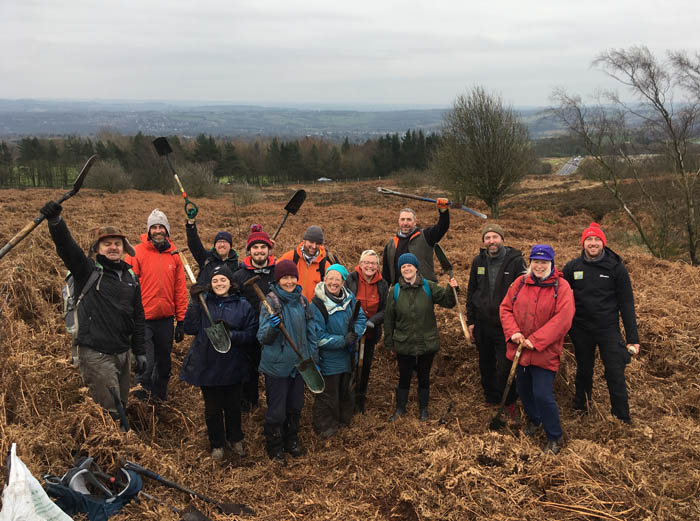This month has been a good one for mushroom collecting and these hedgehog fungi were foraged in Ecclesall Woods in mid-November, which is considered quite late in the year for this species. Hydnum repandum is one of the easiest fungi to identify as it has teeth or spines instead of gills.
They have an irregular convex cap with a slight wavy margin and appear ghostly pale against the browns and oranges of fallen leaves, which often half bury them due to their short stature. It always pays to look down at your feet when walking in the woods – in fact many of the ones I collected looked as if they had been kicked, whether purposefully or not.

Known as the wood hedgehog, wood urchin and sweet tooth, a mushroom that goes by this many names is usually either tasty or poisonous, otherwise there is little reason for it to be given much regard. Fortunately in this case it is due to its deliciousness, it is both sweet and nutty, and has a pleasant texture.
It is among the gourmet mushrooms that are sometimes seen in shops come late summer but never in great quantity. Only gather ones that are still creamy coloured, being careful to cut the stem low down to avoid damaging the mycelium that connects them to tree roots. Like all wild mushrooms, they should be cooked through before consumption.
They can be confused with the edible terracotta hedgehog, H. rufescens, which is aptly named for its warm brown colour, and the bitter tooth, Sarcodon scabrosus, which some regard as poisonous. In the latter case, the colouration is a much darker brownand tastes highly unpleasant.
As always, do not be tempted to use this visual description alone as a definitive ID for collecting fungi. The smell is important: it will have an earthy yet agreeable aroma. If in doubt, make a spore print – this will be white.


